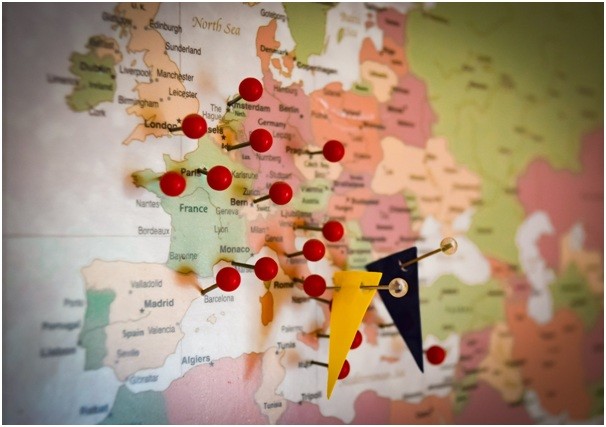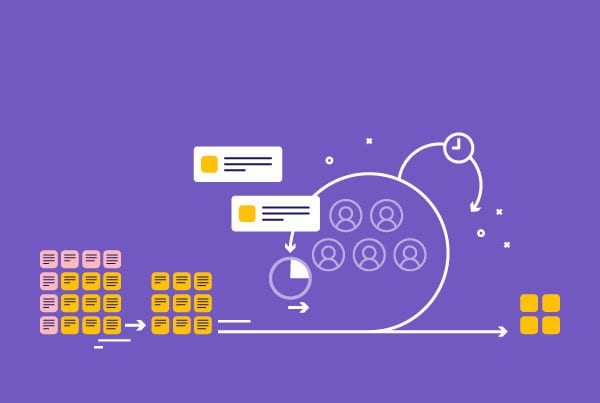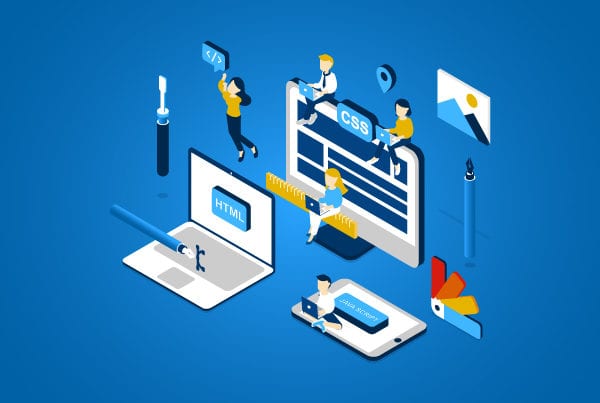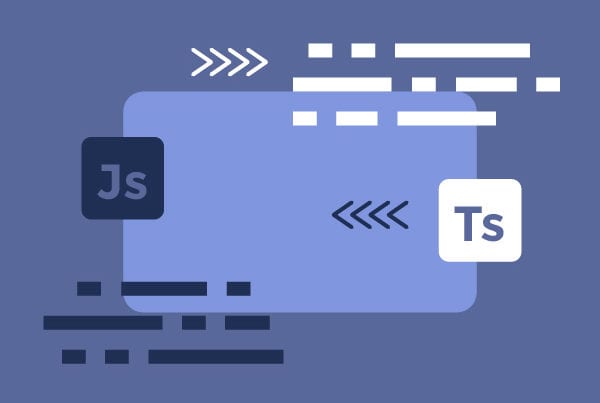What is a pain point?
Whether it’s intended for entertainment, education, communication, productivity or any other function, every app serves a purpose. The purpose of a new app or functionality stems from an issue a prospect, customer or user is facing. This is exactly what a pain point is: a problem the apps we develop aim to solve. Through this article, we hope to give you clear examples of what pain points are and the tools you need to identify them.
Some examples of pain points
It can be easy to confuse a pain point with its solution, so let’s start with something simple. Picture this: you are chopping onions and accidentally cut your finger. The first thing that comes to mind is probably the fact you will need a bandage. However, the bandage is actually the solution that will solve your problem. The pain point is that you are bleeding and need something to make it stop.

To give you some more relevant examples, a messenger app would be the solution for a company having issues with internal communication, cloud-based storage solves the pain point of a freelancer wishing to work on the go, and a calendar app will help a forgetful user keep track of their family’s birthdays.
How to identify pain points

So now you know what they can be, but how do you determine your users’ specific pain points? Here are some recommendations to help you.
- The first thing you need to do is identify your target audience. This is something we’ve stressed before as your audience’s needs and motivations are extremely important in order to develop a successful product. This will include creating user personas by asking key questions such as: What is a day in the life of your user like? What core problem does your app address?
- Once you have defined your target audience, it’s a good idea to create a customer journey map. This will allow you to understand the users’ experience and how they interact with your product. It will help you make sure your end solution has been created for real people and gives you the opportunity to see if there is anything that needs to be improved.
- Now that you know who you’re after and what they want, it’s time to check out the existing solutions. After you’ve determined which existing apps aim at solving your potential users’ pain points, you can see how they accomplish this and read user reviews and feedback to see how your competitors have responded to them. Some of the questions that you should strive to answer are: What is the app doing well? What is it lacking? What could be improved?
- Of course, since you have already identified your user, you can also go straight to the source by using surveys, focus groups, and interviews. Keep in mind that your questions should always be open-ended and phrased in such a way that they do not influence the users’ answers.
- Another good source of data is user forums. There is a considerable number of users that turn to independent forums like Reddit to share their experiences with a specific app or website. Additionally, you can check users’ opinions on social media. The information available in these sources will help you understand how to differentiate your app.
- Finally, you might think the journey to identify pain points sticks solely to the discovery phase and ends before you start working on the actual app. However, once you have your MVP up and running (but before releasing your app to the general population), it’s time to carry out user acceptance testing (UAT). Here, you can run alpha testing (usually done internally) and beta or “field” testing to collect feedback on usability and features and identify any last-minute bugs that may have popped up.
Takeaway
We can all think of something we wish an app would offer or that our app of choice would do differently or improve. Exploiting these pain points that have not been dealt with before (or could be dealt with more efficiently or affordably) means you can be sure there is a market eagerly awaiting your solution and is key to launch a successful product. Research is essential whenever you are developing a new app or functionality and your user or customer’s needs are what it all should revolve around. We hope this article has provided you with some insight on the matter and helps you make your next product that much more successful.







